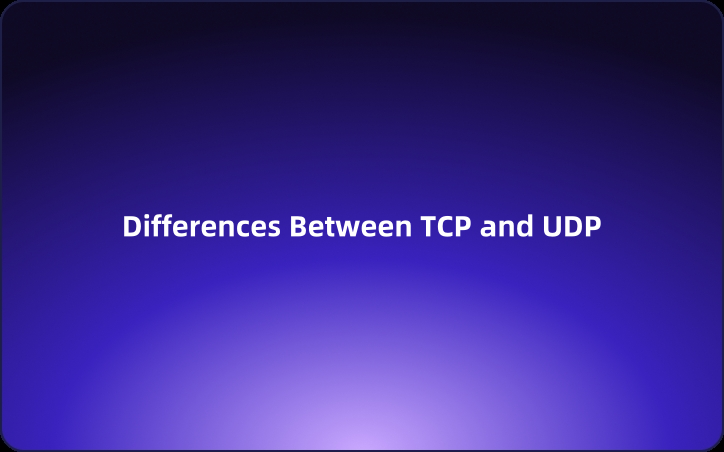Differences Between TCP and UDP, Beginners Need to Know
This article explores TCP (Transmission Control Protocol) and UDP (User Datagram Protocol), highlighting their features, advantages, and use cases. Learn when to choose TCP for reliability or UDP for speed in real-time applications like video streaming.
TCP (Transmission Control Protocol) and UDP (User Datagram Protocol) are two of the fundamental protocols used in computer networking. Each protocol serves specific purposes and has distinct characteristics that make them suitable for different types of applications.

What is TCP?
TCP is a connection-oriented protocol that provides reliable and ordered delivery of data packets between devices on a network. It establishes a connection between the sender and receiver, ensuring that data is transmitted accurately and in the correct sequence. TCP includes features such as error detection, flow control, and congestion control to maintain the integrity of data transmission.
What is UDP?
UDP, on the other hand, is a connectionless protocol that offers a simpler and more lightweight way of transmitting data. Unlike TCP, UDP does not guarantee delivery or order of packets, making it faster but less reliable. UDP is commonly used for applications where real-time communication and speed are prioritized over accuracy, such as video streaming and online gaming.
Comparing the Advantages and Disadvantages of TCP and UDP
TCP's reliability and error-checking mechanisms make it ideal for applications that require data accuracy and integrity, such as file transfers and web browsing. However, these features add overhead, which can lead to slower performance compared to UDP. UDP's speed and minimal overhead make it suitable for time-sensitive applications where occasional packet loss is acceptable.
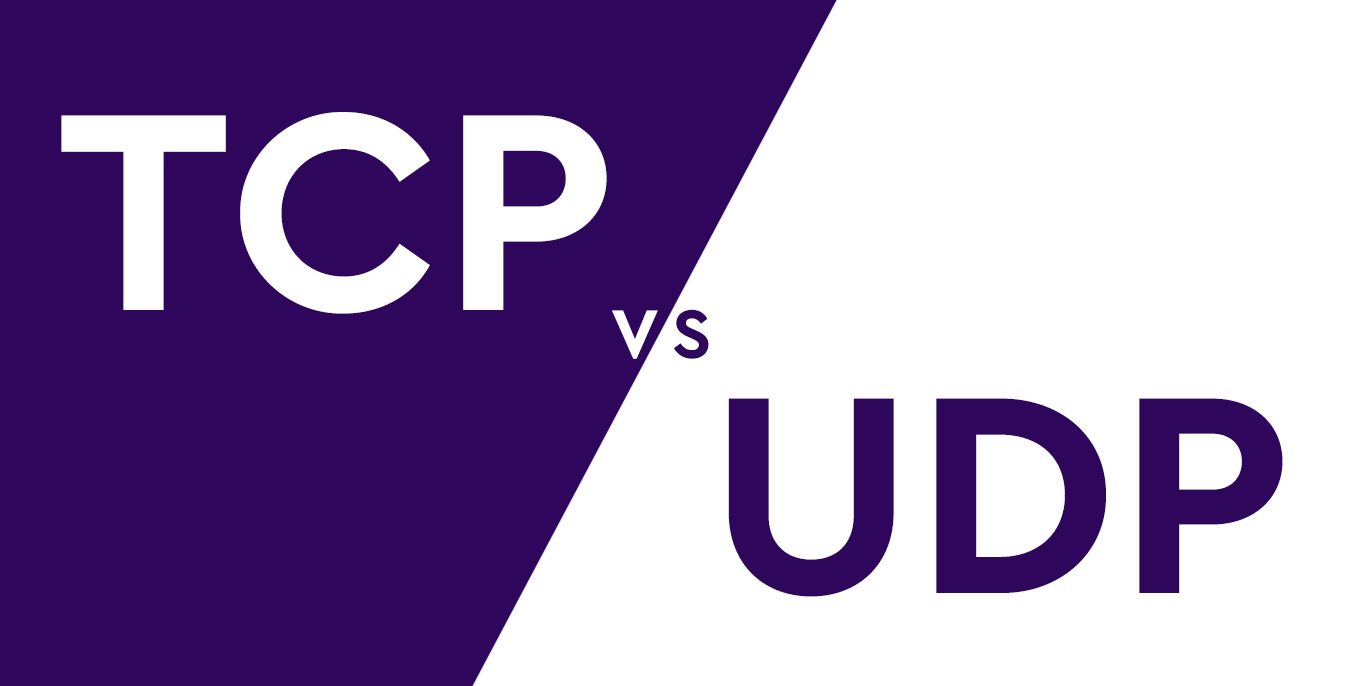
In summary:
- TCP: Reliable, ordered data transmission with higher overhead.
- UDP: Faster, connectionless data transmission with lower reliability.
Choosing Between TCP and UDP for Different Scenarios
- TCP: Choose TCP for applications that require data accuracy and reliability, such as file transfers, email communication, and web browsing.
- UDP: Opt for UDP in scenarios where speed and real-time communication are crucial, such as online gaming, video streaming, and VoIP services.
| Characteristic | TCP | UDP |
|---|---|---|
| Connectivity | Connection-oriented | Connectionless |
| Reliability | Reliable transmission | Unreliable transmission |
| Speed and Efficiency | Slower, higher overhead | Faster, lower overhead |
| Packet Size | Divides data into small packets | Allows bundling of multiple packets |
| Application Scenarios | File transfer, email, web browsing | Online gaming, video streaming, VoIP services |
Streamlining TCP Communication with EchoAPI: A Comprehensive TCP Client Solution
EchoAPI is an efficient and user-friendly TCP client that simplifies the process of testing and interacting with TCP servers. With its intuitive interface and robust features, EchoAPI streamlines TCP communication, making it an invaluable tool for developers working with TCP-based applications.
Create a New TCP Client
Fill in the TCP service information and save.
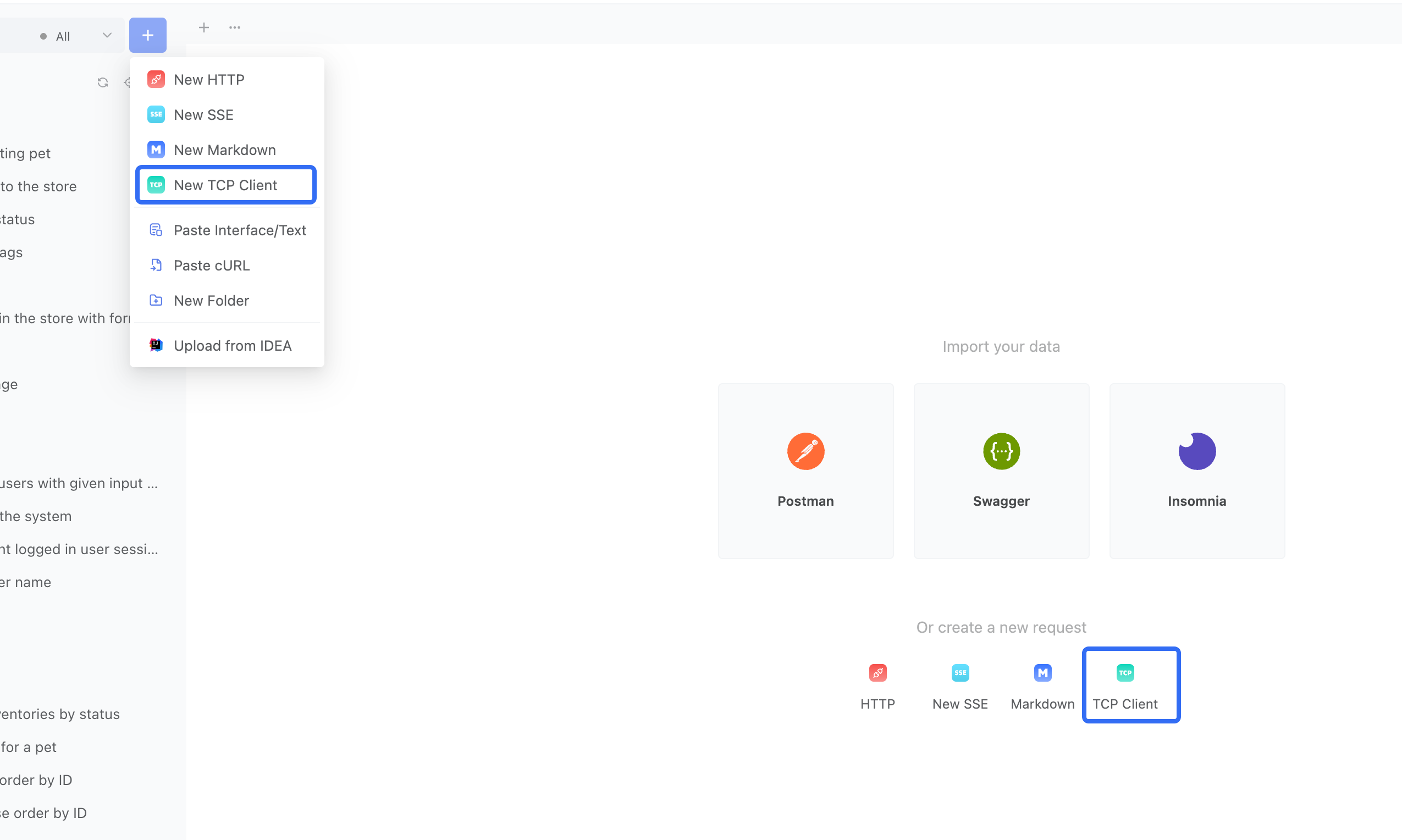
TCP Method Design
1. Create a New TCP Method
Find the TCP client in the directory sidebar, More Operations — Create New TCP Method
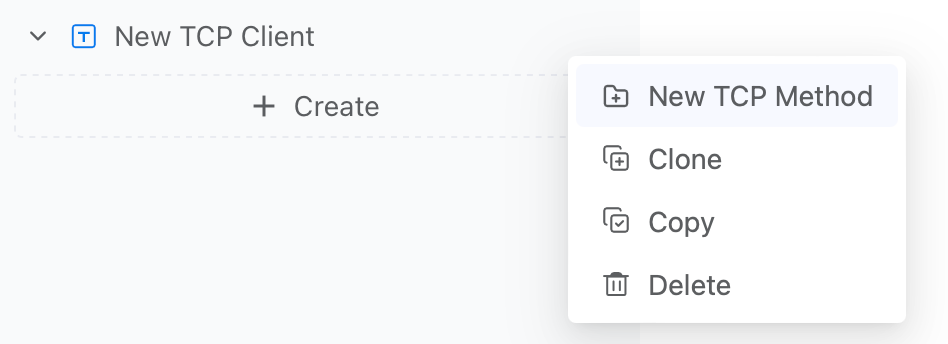
2. Basic Information
The service address of the TCP method follows the parent client's service address and cannot be directly modified. It can only be modified at the client level.

3. Request Message
Supports fixed-length message, separator message, and raw (xml/json/text/) format request messages.

TCP Method Debug
1. Fixed-Length Message
Supports setting a fixed length for each parameter value in the message, and when the length is not enough, you can set its padding rules.

How to Set Padding Rules

2. Separator Message
Supports setting a separator between each parameter value in the message.

How to Set Separator Rules

3. Raw
When you need to send JSON/XML/Text format, switch to the corresponding raw type.
Raw (json/xml) format supports visual editing (you can understand the use of data structures) to design the request message of interfaces with hierarchical JSON or XML.


Raw (Text) supports source code editing to design the parameter values of input parameters.

4. Post-Execution Operations
You can add assertions in post-execution operations to verify the TCP response message with assertions.

5. Settings
You can set the request message encoding format, request data processing function, and return data processing function in the settings.

6. Response Area
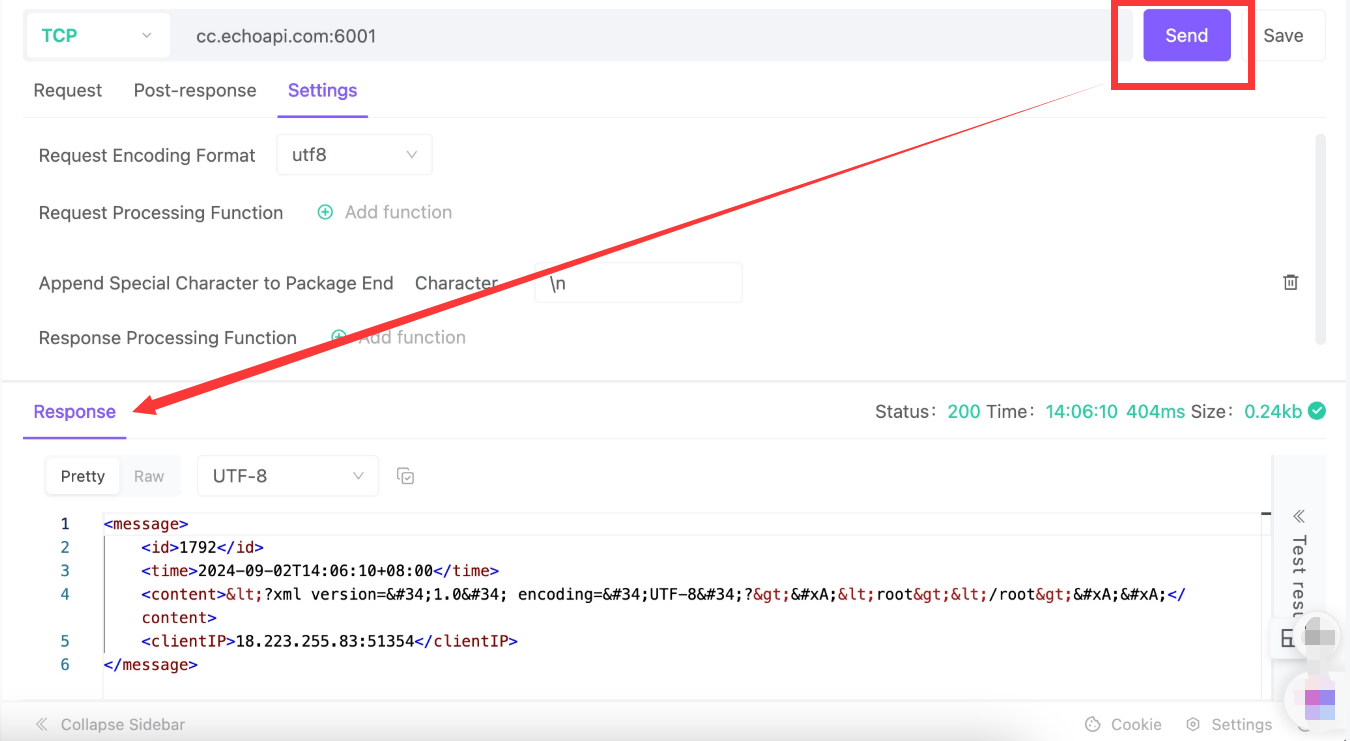
Conclusion
TCP and UDP are two essential protocols in computer networking, each offering distinct advantages and suited to different use cases. The choice between TCP and UDP depends on the specific requirements of the application, balancing factors like reliability, speed, and overhead. Understanding the differences between these protocols is crucial for making informed decisions when designing and implementing network communications.




 EchoAPI for VS Code
EchoAPI for VS Code

 EchoAPI for IntelliJ IDEA
EchoAPI for IntelliJ IDEA

 EchoAPl-Interceptor
EchoAPl-Interceptor

 EchoAPl CLI
EchoAPl CLI
 EchoAPI Client
EchoAPI Client API Design
API Design
 API Debug
API Debug
 API Documentation
API Documentation
 Mock Server
Mock Server







